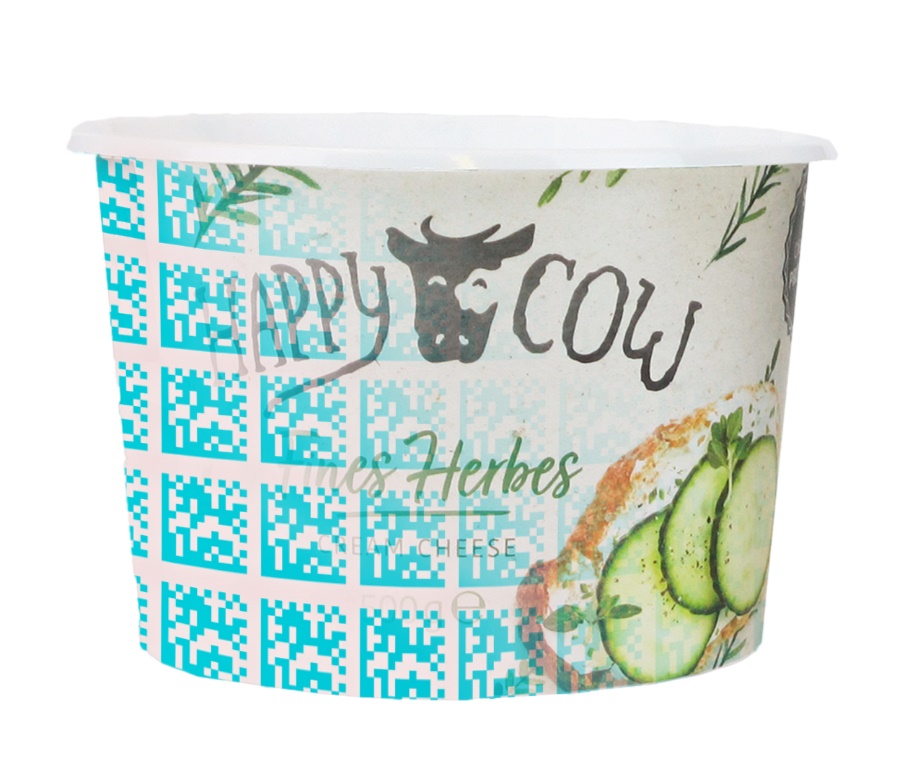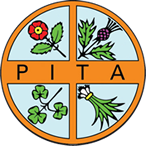Mondi, a global leader in packaging and paper, has joined forces with AIM, the European Brands Association, and other partners across the value chain to prove the viability of digital watermarking for sorting waste at scale. The HolyGrail 2.0 initiative has the ambitious goal of assessing whether this pioneering digital technology can enable better sorting and higher-quality recycling rates for packaging in the EU, thereby driving a truly circular economy.

Mondi was a founding member of the original Pioneer Project HolyGrail, facilitated by the Ellen MacArthur foundation. Now over 85 partners across the value chain are working together to refine and commercialise this concept, with Mondi continuing its active role in trialling the innovative technology.
Postage stamp sized watermarks on packaging—which are not visible to the naked eye—make it possible to effectively sort the material into specific waste streams. Conventional sensor technologies (e.g. near infrared spectroscopy) are not able to reliably identify multi-material packaging, so they can end up as contaminants when recycling mono-materials. With this new technology, it becomes possible to separate materials more accurately and generate new waste streams, which then can be recycled with enhanced recycling technologies. These digital watermarks also provide other opportunities. For example, consumers can use a smartphone app to find details about the packaging and how to recycle it, and brand owners can add product details as well.
Mondi has played an important role in this project since the beginning. Graeme Smith, Head of Product Sustainability for Flexible Packaging and Engineered Materials, explained: “As members of the Ellen MacArthur Foundation’s New Plastics Economy, we were part of the initial team to bring the Pioneer Project, HolyGrail, to life. At Mondi, we believe packaging should be sustainable by design and we see the need to improve the sorting and separation of packaging waste as part of a circular economy. Digital watermarks have the potential to make this a reality. Improved recycling will increase the value of packaging waste, driving higher collection rates and making it a valuable commercial resource for the future.”
As HolyGrail 2.0 progresses, Mondi is well positioned to contribute to its success by validating digital watermarks with partners along the value chain. Mondi will be conducting full-scale industrial trials with key customers in the near future.
About Mondi
Mondi is a global leader in packaging and paper, contributing to a better world by making innovative, packaging and paper solutions that are sustainable by design. Our business is fully integrated across the value chain – from managing forests and producing pulp, paper and plastic films, to developing and manufacturing effective industrial and consumer packaging solutions. Sustainability is at the centre of our strategy and intrinsic in the way we do business. We lead the industry with our customer- centric approach, EcoSolutions, where we ask the right questions to find the most sustainable solution. In 2019, Mondi had revenues of €7.27 billion and underlying EBITDA of €1.66 billion.
Mondi has a premium listing on the London Stock Exchange (MNDI), and a secondary listing on the JSE Limited (MNP). Mondi is a FTSE 100 constituent, and has been included in the FTSE4Good Index Series since 2008 and the FTSE/JSE Responsible Investment Index Series since 2007. www.mondigroup.com
About AIM
AIM is the European Brands Association representing brand manufacturers in Europe on key issues which affect their ability to design, distribute and market their brands. AIM’s membership comprises 2500 businesses ranging from SMEs to multinationals, directly or indirectly through its corporate and national association members.
About Digital Watermarks Initiative – HolyGrail 2.0
The Digital Watermarks Initiative HolyGrail 2.0 is a pilot project with the objective to prove the viability of digital watermarking technologies for accurate sorting and consequently higher-quality recycling, as well as the business case at large scale. Digital watermarks are imperceptible codes, the size of a postage stamp, covering the surface of a consumer goods packaging and encoding a wide range of attributes. The aim is that once the packaging has entered into a waste sorting facility, the digital watermark can be detected and encoded by a standard high resolution camera on the sorting line, which then – based on the transferred attributes (e.g. food vs. non-food) – is able to sort the packaging in corresponding streams. This would result in better and more accurate sorting streams, thus consequently in higher-quality recyclates benefiting the complete packaging value chain.
(8 Sept. 2020)
